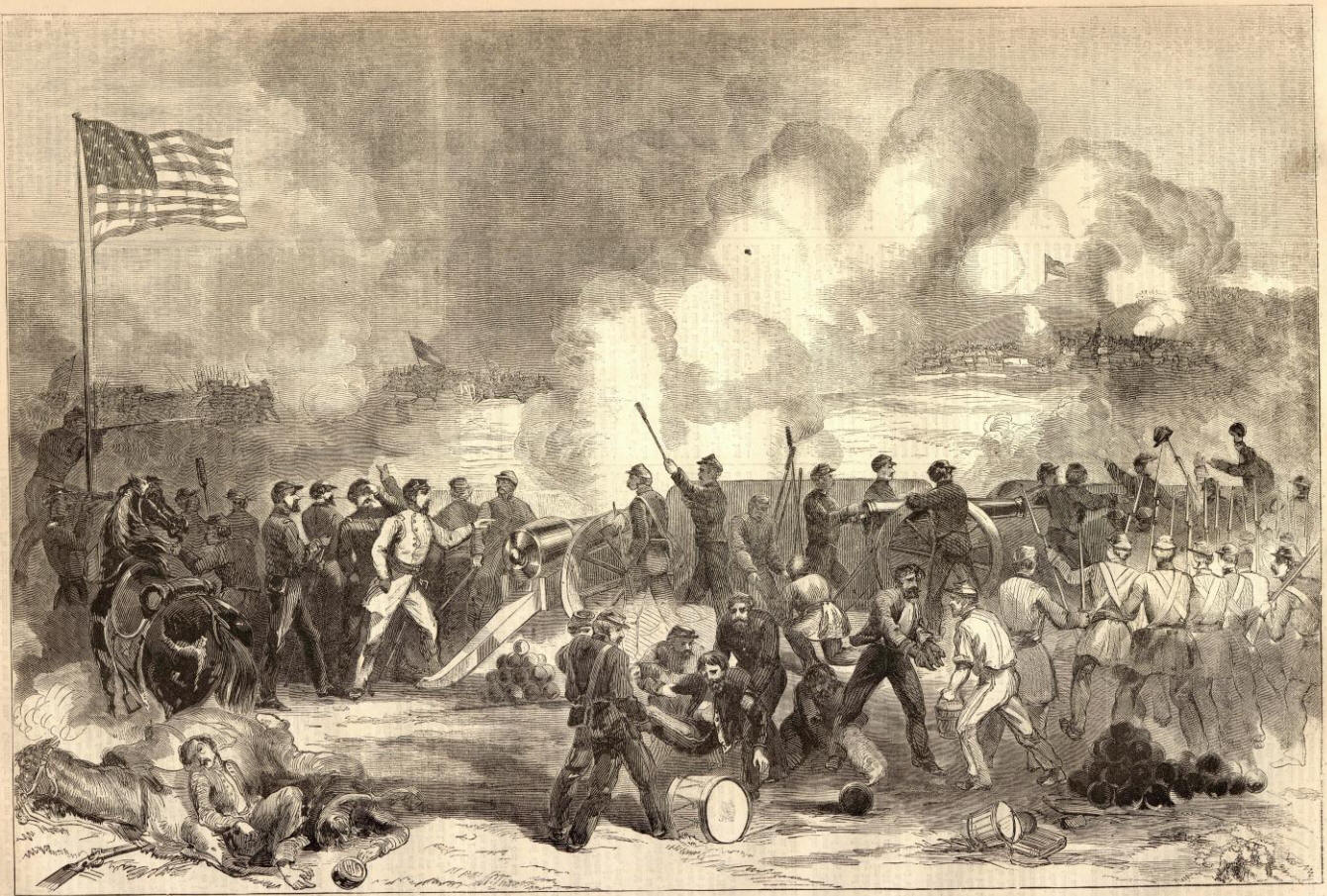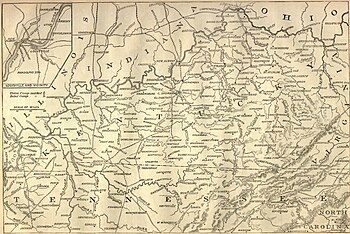 |
| John C. Fremont |
On August 30th, General John C. Fremont issued a proclamation for the forces under his command which involved the freeing of the Southern slaves and killing prisoners in retaliation. Lincoln was not ready at that time to free the slaves. So he sent this message to Fremont ordering him to modify his proclamation, telling him his reasons for doing so.
WASHINGTON, D. C., September 2, 1861.
Major-General FRÉMONT:
MY DEAR SIR: Two points in your proclamation of August 30 give me some anxiety:
First. Should you shoot a man, according to the proclamation, the Confederates would very certainly shoot our best men in their hands in retaliation; and so, man for man, indefinitely. It is, therefore, my order that you allow no man to be shot under the proclamation without first having my approbation or consent.
Second. I think there is great danger that the closing paragraph, in relation to the confiscation of property and the liberating slaves of traitorous owners, will alarm our Southern Union friends and turn them against us; perhaps ruin our rather fair prospect for Kentucky. Allow me, therefore, to ask that you will, as of your own motion, modify that paragraph so as to conform to the first and fourth sections of the act of Congress entitled “An act to confiscate property used for insurrectionary purposes,” approved August 6, 1861, and a copy of which act I herewith send you.
This letter is written in a spirit of caution and not of censure. I send it by special messenger, in order that it may certainly and speedily reach you.
Yours, very truly,
A. LINCOLN.











